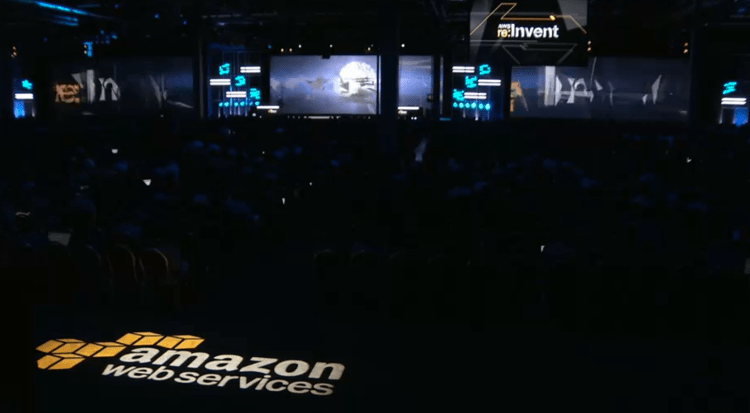Amazon Web Services today announced Lambda, a whole new web service in the public cloud that abstracts away the infrastructure underneath application code.
Lambda amounts to “an event-driven computing service for dynamic applications,” said Werner Vogels, Amazon’s chief technology officer, at Amazon’s re:Invent conference in Las Vegas today.
Developers run applications for Lambda in the popular Node.js server-side JavaScript framework, according to a blog post on the new service.
Lambda interfaces with Amazon’s storage services like S3 and DynamoDB and reduces the need to deal with features like autoscaling applications or configuring compute instances.
June 5th: The AI Audit in NYC
Join us next week in NYC to engage with top executive leaders, delving into strategies for auditing AI models to ensure fairness, optimal performance, and ethical compliance across diverse organizations. Secure your attendance for this exclusive invite-only event.
The thing is, once developers get used to something like Lambda, they might be less inclined to move to different clouds, such as Microsoft Azure or Google Compute Engine. That’s because other clouds have no notion of the higher-level functions possible with Lambda. Then again, developers might flock to Amazon to use Lambda and never look back. That could make Lambda a major achievement for Amazon’s cloud as the competition continues to be feisty.
As for Lambda’s pricing, Amazon has a new model to demonstrate.
“You pay for compute time in units of 100 milliseconds, and you pay for each request,” Jeff Barr, Amazon Web Services’ chief evangelist, wrote in the blog post. “The Lambda free tier includes 1 million free requests per month and up to 3.2 million seconds of compute time per month depending on the amount of memory allocated per function.”
Developers can try Lambda in preview mode today from Amazon’s U.S. East, U.S. West, and Europe regions, Barr wrote.

